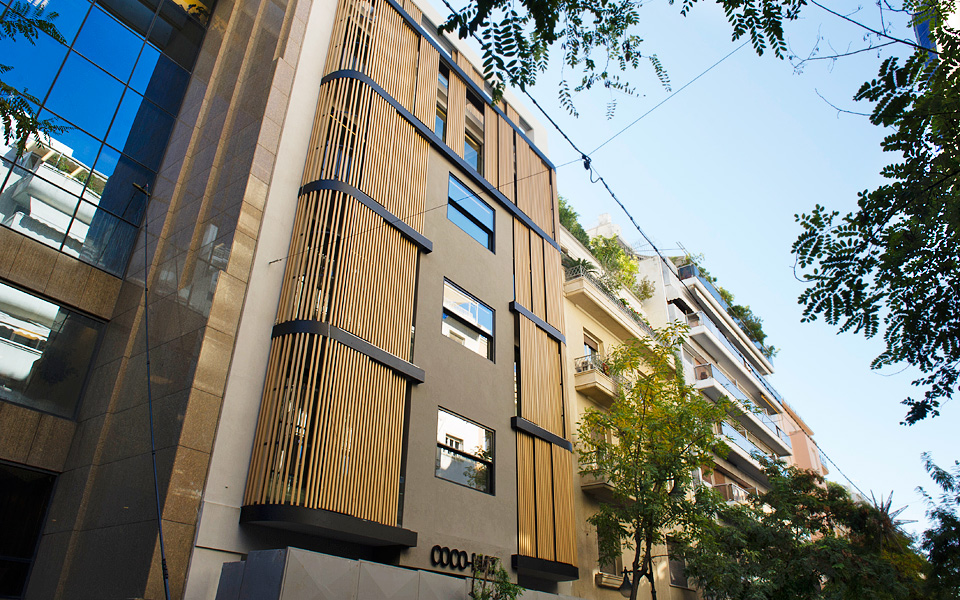It sounds paradoxical, but it’s not: while the country is dealing with credit controls, an uncertain political and economic landscape and a difficult winter, the tourism industry seems to be the only sector to have so far weathered the recession unscathed. So much so that Athens is witnessing a wave of hotel openings.
After a harrowing three years up to 2013, during which many famous hotels in the center of the capital closed down, architects, designers and builders found themselves busy again, assisted by the spectacular recovery of the city as a tourist destination. At least six new hotels, concentrated in downtown Athens between Omonia and Syntagma squares, are due to start operating within the next two years.
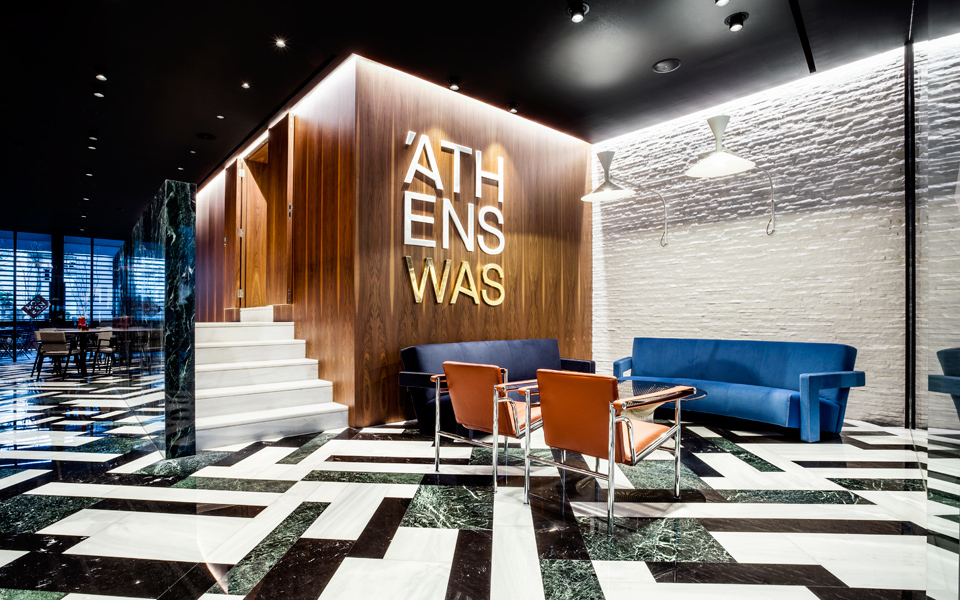
© Vaggelis Zavos
ACROPOLIS IN THE BACKGROUND
It was obvious that Dionysiou Areopagitou, the pedestrian street which runs along the Acropolis, was lacking a hotel. AthensWas, established by a company that runs a five-star hotel on Folegandros island, opened in April 2015. With a direct view of the Acropolis, this hotel operates in the heart of the tourist district.
With the decisive contribution of Stavros Papayannis and George Kyriazis of Stage Design Office, the hotel’s owners opted for a quiet, leisurely modernism with touches of 1960s Athens. The simple lines and decoration hark back to a cozy period when Athens believed so much in the future. The interaction between discreet luxury and intimacy is repeated constantly.
Greek marble in unexpected shades works in harmony with Greek walnut wood. The rooms and suites contain emblematic 20th-century furniture, including LC3 armchairs designed in 1928 by Le Corbusier, Eileen Gray’s the renowned sofas (1925) or Warren Platner’s famous table seating designs from 1966, combined with more modern creations from international designers.
There are 21 rooms, generous terraces garlanded in jasmine, wisteria and other Greek climbing plants, and a rooftop bar with a breathtaking view.
Errika Benakopoulou, a civil engineer, manages the hotel. “Having experienced more thoroughly the meaning of hospitality with our first hotel in Folegandros, I had a strong desire to expand by creating a second hotel. Not only because tourism has resisted the crisis, but also because I find it really appealing to offer high quality accommodation for guests who have chosen Greece for their holidays or for any other reason. All the above, together with my love for creation, spawned AthensWas, a project which I believed in from the start because of its unique position.”
“My love for creation, spawned AthensWas, a project which I believed in from the start because of its unique position.”
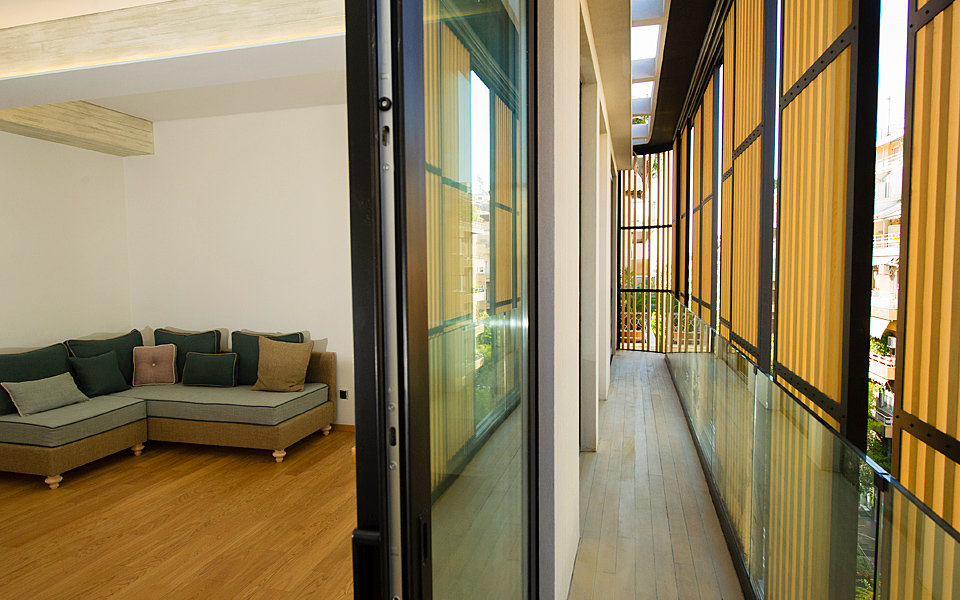
COCO-MAT BEDS DOWN IN KOLONAKI
The crews work nonstop at 36 Patriarchou Ioakim street, where the most observant Athenians know stands a stylish building dating from the 1930s. In the heart of Kolonaki, a new hotel is being developed by Coco-Mat, which opened its first, Hotel Nafsika, in the northern city suburb of Kifissia in 2012.
The new operation is expected to open its doors in late 2015. And if you’re wondering what a company with an international name for its natural mattresses and sleep products knows about managing a hotel, Coco-Mat’s Giorgos Pertesis finds the answer obvious. “Above all else a hotel must provide good sleep.”
The experience accumulated over the years by the company led to the next step, the creation of Coco-Mat hotels. The central Athens unit is the company’s latest – and possibly most visible – venture. “Our goal is to encourage guests to come down from their rooms for breakfast in their bathrobe and slippers,” says Pertesis, even though he realizes that most of them will be businesspeople. “We want to give our guests a different understanding of the hotel concept. This means an open reception and kitchen, where customers can take from the fridge they want for breakfast and record it in the honesty bar.”
The characteristic curves, staircase and frame of the 1935 structure have been preserved. Sliding cedar panels allow guests to regulate the level of sunlight. The movement of these panels constantly change the external appearance of the building. Near the entrance is a small waterfall where love struck guests can join in the “lock your love” trend by leaving padlocks as tokens of their affection. The hotel will have 38 rooms and suites, while a Coco-Mat store will operate in the lobby.
“Above all else a hotel must provide good sleep,” says Giorgos Pertesis
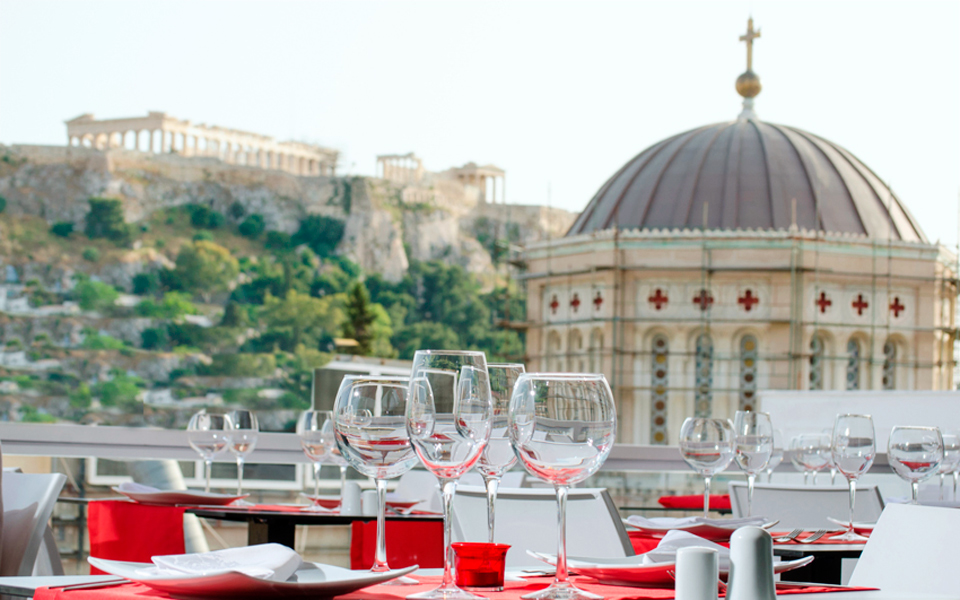

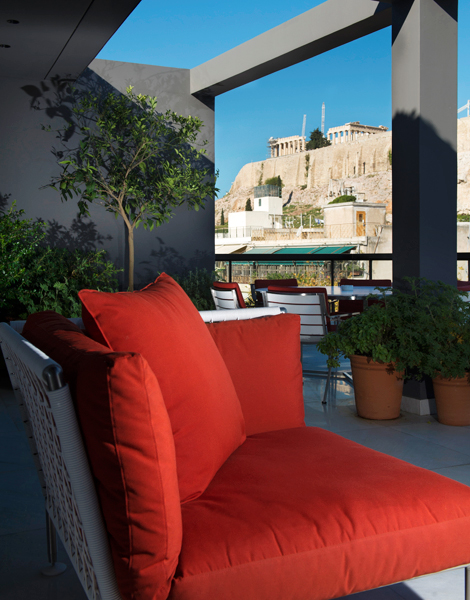
HOTELS OF 2016
The largest project currently in the central Athens hotel market is the transformation of the old education ministry building on Mitropoleos street, an emblematic building designed by architect Patroklos Karantinos, into a five-star hotel. Initially, the investors’ desire was to devise a new classical façade, but the plan was rejected in favor of retaining the modern exterior. The investment is expected to run to 15 million euros. The hotel will have 220 rooms, a swimming pool, restaurant, wellness center and conference area.
New life is also being breathed into the former Fashion House Hotel in Omonia, which is expected to reopen as a four-star hotel in 2016. Operated by Mage Hotels and Resorts, it will have a capacity of about 120 rooms. A new era also beckons for the former Athens Lycabettus Hotel on Valaoritou street. Its owners, the Archdiocese of Athens, have begun seeking a new leaseholder to run the seven-storey building as a hotel.
Another major hotel project is also getting off the blocks. The Hitiroglou textile company has reportedly reached an agreement to lease of the Kallimasiotis Mansion on Mitropoleos Street to Grecotel, which in early 2015 acquired planning permission to convert the 1925 building into a hotel.
THE NEW ATHENS HOTELS
• AthensWas (in operation) • Athens Status Suites (in operation) • Coco-Mat Hotel (late 2015) • Former education ministry building (Spring 2016) • Former Fashion House Hotel (2016) • Former Athens Lycabettus (2016) • Kallimasiotis Mansion (2016)

